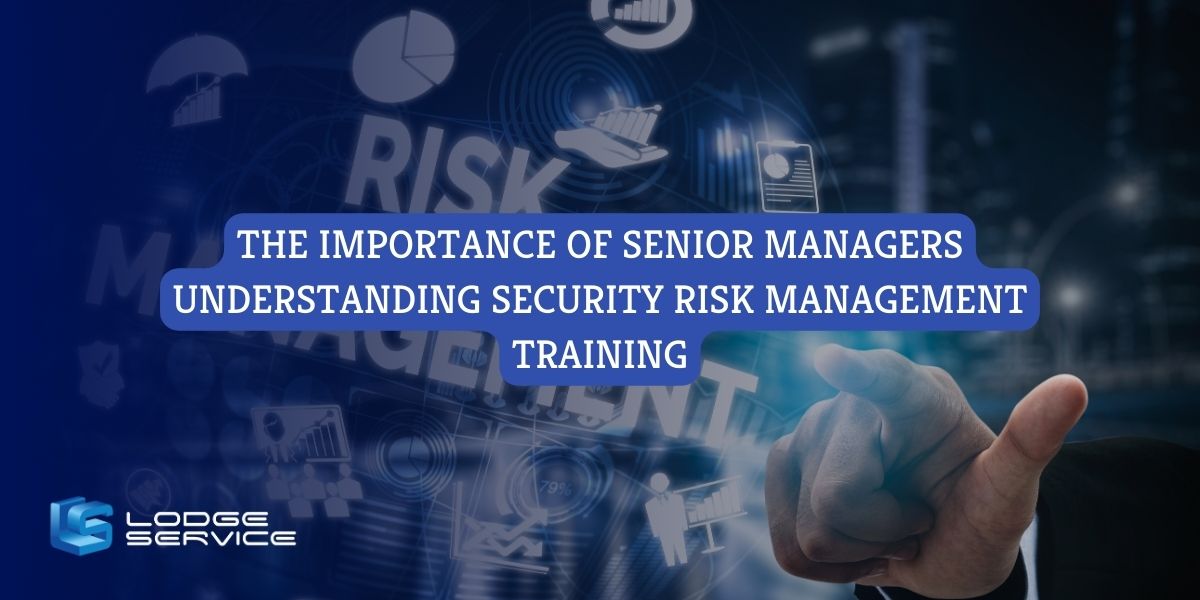The Essential Importance of Risk Management in Monetary Decision Making
The Essential Importance of Risk Management in Monetary Decision Making
Blog Article
Discovering the Value of Risk Management for Effective Decision-Making Approaches
In the intricate globe of service, Risk Management arises as an important element in the decision-making process. The ability to identify potential risks and chances, and plan as necessary, can mean the distinction between success and failure.
Comprehending the Concept of Risk Management
Risk Management, a critical component in decision-making, is typically misconstrued or oversimplified. Generally, it refers to the identification, evaluation, and prioritization of threats to lessen, keep an eye on, and manage the possibility or effect of unfavorable events. It's not just about protecting against unfavorable end results, but additionally concerning identifying prospective opportunities. Risk Management entails regimented and organized methods, utilizing data and informative assessments. It calls for a thorough understanding of the company's context, goals, and the potential threats that might obstruct them. From financial unpredictabilities, lawful obligations, tactical Management mistakes, to mishaps and all-natural catastrophes, it resolves various dangers. Significantly, reliable Risk Management is not stagnant; it's a continuous, positive procedure that evolves with altering circumstances.
The Duty of Risk Management in Decision-Making Processes
In the world of critical planning and organization procedures, Risk Management plays an essential duty in decision-making procedures. Risk Management thus ends up being an important device in decision-making, assisting leaders to make educated options based on a comprehensive understanding of the risks included. Risk Management offers as an important component in the decision-making processes of any company.

How Risk Management Improves Strategic Preparation
In the context of strategic planning, Risk Management plays a pivotal duty. Initiating with the recognition of prospective risks, it better encompasses the execution of Risk reduction actions. The duty of Risk Management is dynamic yet not static, as it requires constant monitoring and adjusting of strategies.
Recognizing Potential Dangers

Executing Risk Mitigation
Having established the significance of determining possible dangers, the next action is to discover Risk mitigation. This procedure includes creating and executing techniques to handle identified threats effectively. It is a critical facet of calculated preparation as it boosts decision-making by minimizing potential adverse results. Risk mitigation methods can range from Risk avoidance, Risk transfer, to run the risk of reduction. Each technique should be customized to the particular Risk, considering its prospective impact and the company's Risk tolerance. Reliable Risk mitigation requires a deep understanding of the Risk landscape and the possible effect of each Risk. This understanding enables organizations to focus on risks and assign sources successfully, ensuring that one of the most significant dangers are resolved first.
Surveillance and Readjusting Approaches
Though Risk reduction is a critical step in critical planning, continuous surveillance and modification of these strategies is equally crucial. It additionally gives an opportunity to assess the success of the Risk Management steps, enabling modifications to be made where necessary, additional enhancing calculated planning. Surveillance and adjusting Risk Management strategies is an important part for enhancing an organization's strength and critical planning.
Instance Researches: Successful Risk Management and Decision-Making
In the world of company and money, successful Risk Management and decision-making frequently serve as the pillars of thriving ventures. These situations highlight the value of sharp Risk Management in decision-making processes. These instances emphasize the important duty of Risk Management in tactical decision-making.
Devices and Strategies for Reliable Risk Management
Browsing the elaborate puzzle of Risk Management requires the appropriate set of devices and techniques. These tools, such as Risk registers and heat maps, help in identifying and examining possible risks. Strategies include both quantitative methods, like level of sensitivity analysis, and qualitative methods, such as SWOT evaluation. These assistance in focusing on risks based upon their prospective influence and likelihood. Risk feedback strategies, a key element of Risk Management, entail approving, staying clear of, transferring, or mitigating risks. Surveillance and regulating threats, through routine audits and reviews, guarantee that the methods continue to be effective. With these tools and techniques, decision-makers can navigate the complicated landscape of Risk Management, thus promoting notified and reliable decision-making.
Future Patterns in Risk Management and Decision-Making Techniques
As we check out the large landscape of Risk Management, it becomes obvious that the strategies and devices used today will remain to develop. Future trends point in the direction of a raised reliance on innovation, with expert system and artificial intelligence playing significant duties. These modern technologies will allow organizations to anticipate potential threats with higher accuracy and make even more have a peek at this site informed decisions. Furthermore, there will certainly be a growing focus on durability, not just in managing risks however also in bouncing look at this now back from adverse circumstances. Last but not least, the idea of Risk society, where every participant of an organization realizes and associated with Risk Management, will certainly gain much more prominence. These trends herald a more comprehensive and positive method towards Risk Management and decision-making.
Conclusion

Risk Management therefore becomes an essential tool in decision-making, assisting leaders to make educated options based on a detailed understanding of the threats entailed. Risk mitigation strategies can vary from Risk avoidance, Risk transfer, to take the chance of reduction (importance of risk management). Effective Risk mitigation requires a deep understanding of the Risk landscape and the prospective impact of each Risk. Risk response approaches, a crucial component of Risk Management, entail approving, avoiding, click to read moving, or mitigating dangers. The concept of Risk culture, where every participant of an organization is mindful and included in Risk Management, will certainly get much more prestige
Report this page